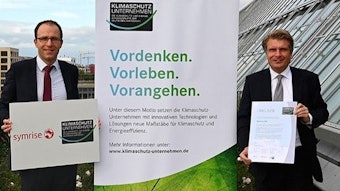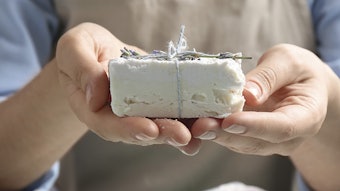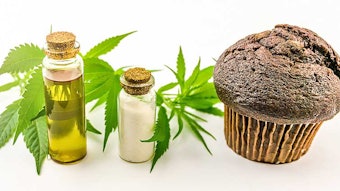Established on Oct. 29, 2010, in Nagoya, Japan, the Nagoya Protocol is an international law applying to genetic resources, which are defined as any material of plant, animal, microbial or other origin containing functional units of heredity—excluding human sources. According to the CBD,3 the purpose of the law was to create greater legal certainty and transparency for providers and users of genetic resources.
Officially implemented on Oct. 12, 2014, the protocol establishes conditions for accessing genetic resources. This ensures the countries of origin share in the benefits from using these materials and supports the conservation and sustainability of genetic resources, therefore enhancing biodiversity and, in turn, human well-being.3 With 91 signatures, the protocol has been adopted by the European Union and its Member States; although not yet by the United States.
Industry Implications
What does this law mean for cosmetics, personal care, fragrance or extracts? This was the subject of a presentation given by Virginie D'Enfert of the Fédération des Entreprises de la Beauté (FEBEA)1—the French association of the cosmetics industry representing industry interests to the national, European and international authorities on international and environmental affairs—during the 2014 International Federation of the Societies of Cosmetic Chemists (IFSCC) Congress in Paris.
According to D’Enfert, this protocol raises issues of confidentiality; compliance will extend product development time; and it could pose challenges to organizing the tracking of sources. In addition, it will put greater pressure on profit margins and pose a reputation risk to manufacturers. Further, the implications of the protocol are not just for naturally sourced ingredients and extracts, but also on the genetic resources used to test products.
However, she added “this protocol will create a worldwide consciousness for the sustainable use of biodiversity. Even if countries do not ratify it, they will still have nongovernmental organizations [supporting this legislation] to contend with, so it’s best to acknowledge it.”
Making Headlines
The Nagoya Protocol made recent headlines in a May 19, 2015, report by AllAfrica.com,2 which published the findings of South African Department of Environmental Affairs study on the traditional knowledge associated with rooibos and honeybush. Both materials are used extensively by bioprospecting and biotrade sectors in South Africa, in addition to being commercialized in products such as medicines, food flavorings, cosmetics and extracts. These two species are regulated by the Nagoya Protocol and further supported by other policies including:
• the National Environmental Management: Biodiversity Act, 2004 (Act No. 10 of 2004) (NEMBA);
• Bioprospecting, Access and Benefit Sharing Regulations, 2008 (BABS Regulations); and
• Fair and Equitable Sharing of Benefit Arising from their Utilization under the Convention on Biological Diversity
The study was carried out in response to claims by the San and Khoi people of South Africa that they are the rightful holders of traditional knowledge associated with rooibos and honeybush. The study found no evidence to dispute their claims.
Compliance Requirements
Those countries following the Nagoya Protocol are required to comply with two main regulations. First, the user must identify if a sought or already accessed genetic resource is covered by the protocol and second, if the source is covered by the protocol, the user must ensure prior informed consent from the provider with access permits and mutually agreed terms, such as a contract, to fairly share any benefit arising from the utilization of the genetic resource.
Starting Oct. 12, 2015, users will be required to prove the fulfillment of these requirements. However, the terms of how to execute these obligations in order to fully comply are not yet clear.4
References
2. http://allafrica.com/stories/201505201617.html
3. www.cbd.int/abs/about/default.shtml
4. www.lexology.com/library/detail.aspx?g=51e551a4-1d44-4872-b0bd-332692c1ff73










